Blog
From A to Z: Your Guide to Project Collaboration

Project collaboration is the cornerstone of modern business and project management. In a world where complexity and interconnectivity define our daily lives, working together efficiently has never been more crucial. Whether you’re a beginner taking your first steps in project collaboration or a seasoned pro looking to refine your skills, this comprehensive guide will equip you with the knowledge and techniques needed to excel in collaborative project management.
What is Project Collaboration?
Project collaboration is the art and science of individuals and teams working together to achieve common goals within a project. It’s about breaking down silos, fostering open communication, and pooling resources to enhance productivity and drive innovation. Essentially, it’s a synergy of skills, knowledge, and creativity.
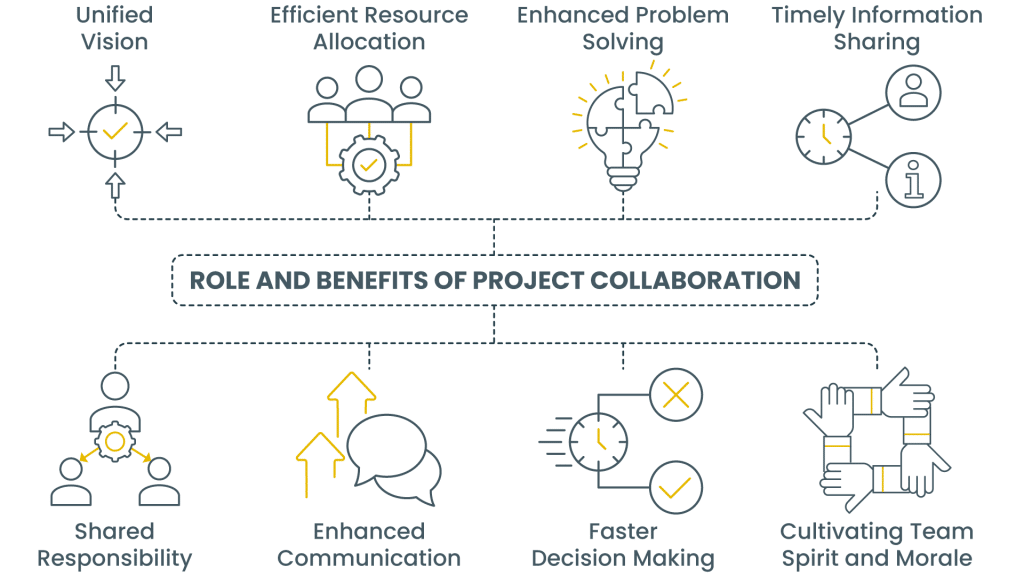
The Role and Benefits of Project Collaboration
Project collaboration is the foundation of modern business success, enabling diverse teams to come together with a shared purpose. It ensures a cohesive approach to project management where information is seamlessly shared, and all members are aligned towards a common goal. Below are the roles and advantages of engaging in project collaboration:
- Unified Vision: Collaborating on a project ensures everyone understands the project’s objectives, milestones, and desired outcomes. This shared understanding minimizes misdirection and miscommunication, ensuring all team members work toward the same goal.
- Efficient Resource Allocation: Collaboration allows teams to efficiently identify and allocate resources (be it time, people, or materials). Team members can recognize when to share resources or when certain aspects of the project require more attention, preventing wastage and redundancies.
- Enhanced Problem Solving: Diverse teams bring different perspectives, knowledge, and problem-solving approaches. Collaborative environments foster brainstorming and solution-driven discussions, resulting in innovative solutions and quicker problem resolution.
- Timely Information Sharing: Collaboration ensures that pertinent information is disseminated in real time. This means team members remain informed about project updates, challenges, and changes, ensuring everyone operates with the most recent and relevant information.
- Shared Responsibility and Accountability: Tasks and responsibilities are shared in a collaborative environment. This divides the workload and ensures that team members hold each other accountable for their parts, leading to a higher commitment level and ownership of outcomes.
- Enhanced Communication: Collaboration naturally improves communication. Regular team interactions, meetings, and discussions ensure a continuous flow of information, feedback, and ideas, promoting clarity and reducing misunderstandings.
- Faster Decision Making: Collaborative teams can make decisions faster as they have a platform for immediate feedback and discussions. By pooling expertise and insights, teams can evaluate situations from various angles and arrive at well-informed decisions promptly.
- Cultivating Team Spirit and Morale: Working collaboratively fosters a sense of unity and camaraderie among team members. Celebrating joint achievements, facing challenges, and learning as a collective unit boosts morale and strengthens team spirit.
In summary, project collaboration is more than just about team members working together. It’s about harnessing collective strengths, sharing responsibilities, and driving projects with a shared vision and purpose. The benefits are manifold, improving productivity, innovation, and project success.
Implementation of Project Collaboration
Now that you understand the importance and benefits of project collaboration let’s delve into the nuts and bolts of implementing it effectively.
Steps for Effective Project Collaboration
Successful project management relies on effective collaboration, bringing diverse individuals together to achieve shared goals. To ensure the collaboration is productive and results in a well-executed project, it is essential to follow several key steps:
1) Define Clear Objectives:
Start by setting clear and concise project objectives. These objectives serve as the guiding light for the entire team. When everyone understands what needs to be achieved and what key milestones must be reached, it provides a common direction and purpose. Collaboration can easily devolve into chaos without well-defined objectives, with team members pulling in different directions.
2) Build a Diverse Team:
Diversity within your team is a strength, not a hindrance. Embrace and encourage diversity regarding perspectives, skill sets, backgrounds, and experiences. A diverse team can bring a wealth of innovative solutions to the table. Different viewpoints challenge conventional thinking and often lead to creative problem-solving.
3) Establish Open Communication Channels:
Open and transparent communication is the lifeblood of collaboration. It’s crucial to establish clear channels for communication within the team. This can include regular meetings, email updates, or collaboration tools. Team members should feel comfortable sharing their ideas, questions, and concerns. As the project manager, you play a vital role in fostering a culture of open communication.
4) Assign Roles and Responsibilities:
Each team member should have a clearly defined role and set of responsibilities. This step is crucial for minimizing confusion and ensuring accountability. When everyone knows what they are responsible for, it streamlines the workflow and prevents duplication of effort. Clear roles also help team members focus on their areas of expertise.
5) Utilize Collaborative Tools:
In the digital age, abundant collaborative tools and software are designed to enhance project collaboration. Platforms like Cerri Project and Cerri Work, Slack, Teams, Skype and others can streamline communication, task management, and document sharing. These tools make it easier for team members to stay organized and on the same page, even if they are geographically dispersed.

Techniques and Methods for Successful Collaboration
Successful collaboration often depends on employing the right techniques and methods to facilitate efficient teamwork and project execution. Here are some key techniques and methods that can foster successful collaboration:
- Agile Methodology: Agile methodologies like Scrum have gained widespread popularity in project management. They emphasize adaptability, flexibility, and collaboration. Agile approaches break projects into smaller, manageable increments, making it easier for teams to work on specific tasks while allowing room for adjustments and continuous feedback. This adaptability is particularly valuable in dynamic and rapidly changing project environments.
- Design Thinking: Design thinking is a human-centric approach encouraging empathy and creativity. It involves a structured brainstorming process, prototyping, and testing to develop innovative solutions. Design thinking fosters a deep understanding of end-users needs and desires, resulting in user-centric solutions. It’s an ideal approach for projects that require creative problem-solving and innovative product or service development.
- Kanban: Kanban is a visual project management tool that helps teams manage and optimize their workflow. It uses boards with cards or sticky notes to represent tasks, providing a clear visual overview of tasks and their status (e.g., to-do, in-progress, completed). Kanban allows teams to prioritize work, identify bottlenecks, and optimize their processes for increased efficiency. It’s a valuable method for projects where visibility and real-time task management are essential.
The Future of Project Collaboration
The world of project collaboration is constantly evolving, influenced by technological advancements, changing work environments, and shifting team dynamics.
Virtual Reality and Augmented Reality
With the advent of virtual reality (VR) and augmented reality (AR), remote collaboration will become more immersive. Team members from different parts of the world can meet in a virtual space, making it feel like they’re in the same room.
Artificial Intelligence
Artificial intelligence (AI) will play a significant role in project collaboration. AI-powered tools can automate repetitive tasks, provide insights, and predict potential issues.
Remote Work
Remote work is here to stay. The future of project collaboration must adapt to accommodate teams working from various locations, possibly even from different time zones.
Enhanced Data Analytics
Data analytics tools will continue to evolve, providing teams with more in-depth insights into project performance. This will enable better decision-making and more efficient project management.
Blockchain for Collaboration
Blockchain technology will enhance security and transparency in project collaboration. It can be used to verify the authenticity of documents and transactions, reducing the risk of fraud.
Conclusion
Mastering project collaboration is a journey that leads to improved efficiency, innovation, and successful project outcomes. You can be at the forefront of collaborative project management by understanding its role and benefits, implementing effective strategies, utilizing the right tools, and staying abreast of emerging trends. Embrace the art and science of collaboration, and watch your projects thrive in today’s interconnected world.







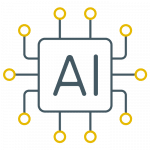










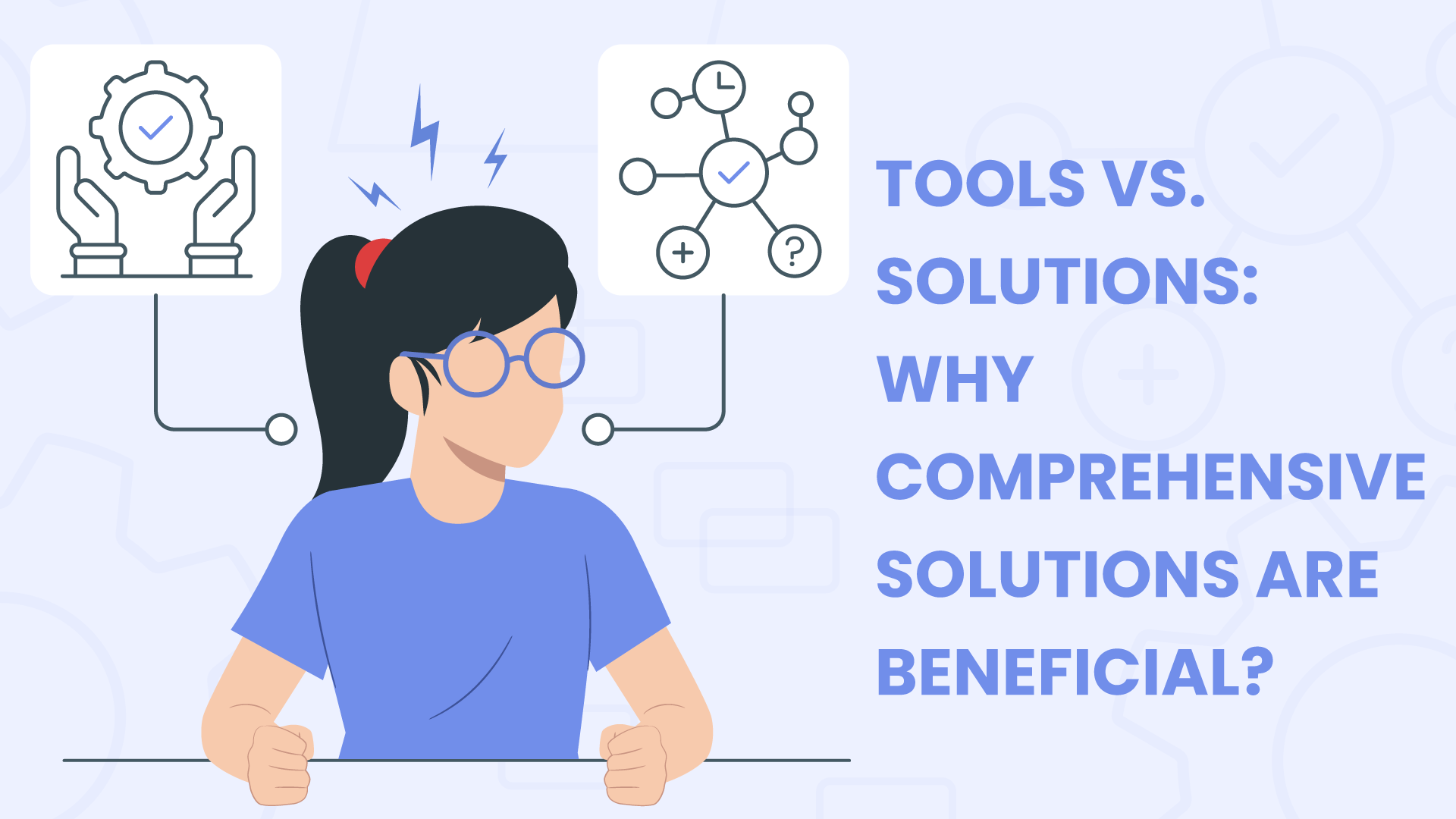




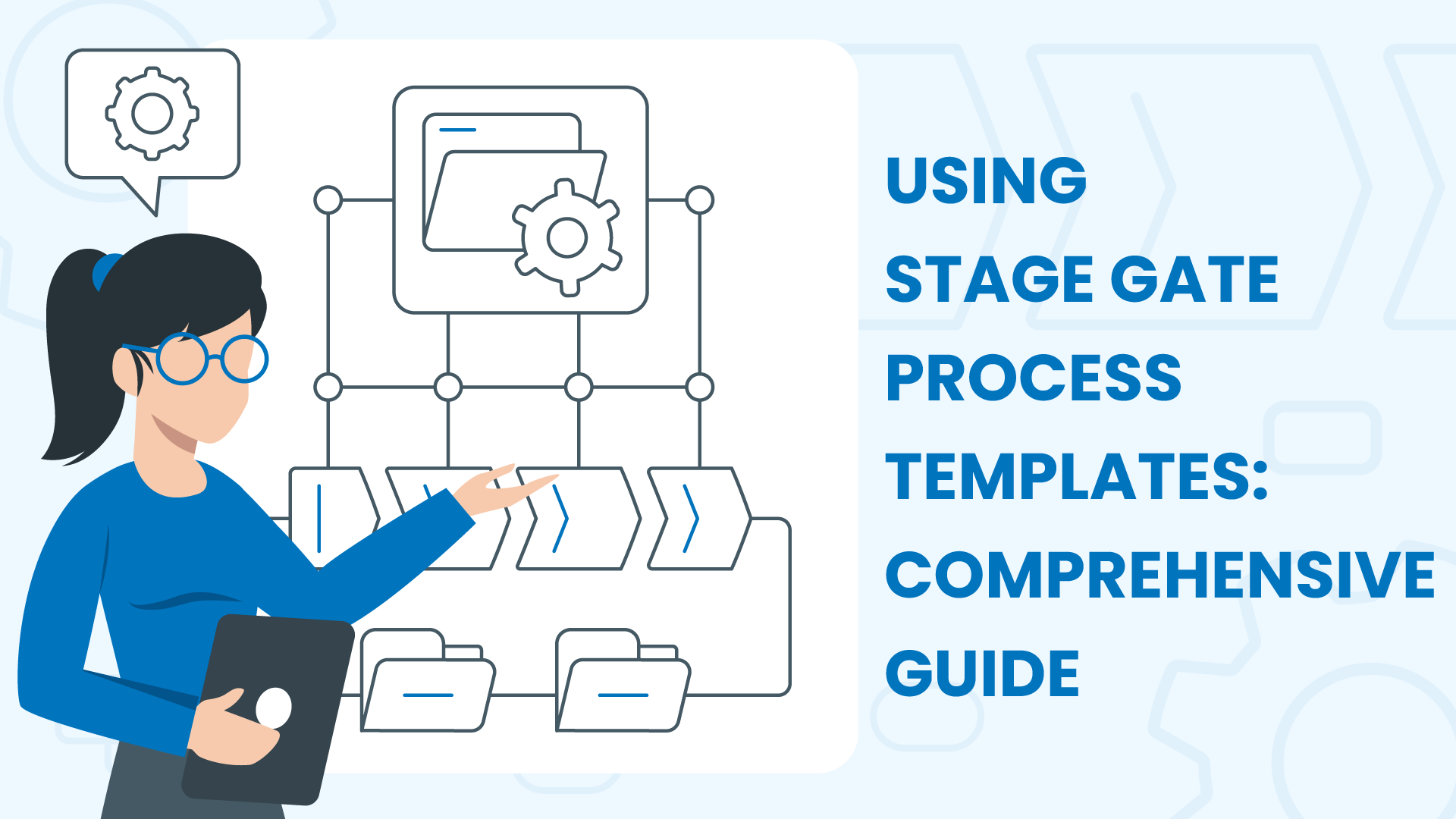




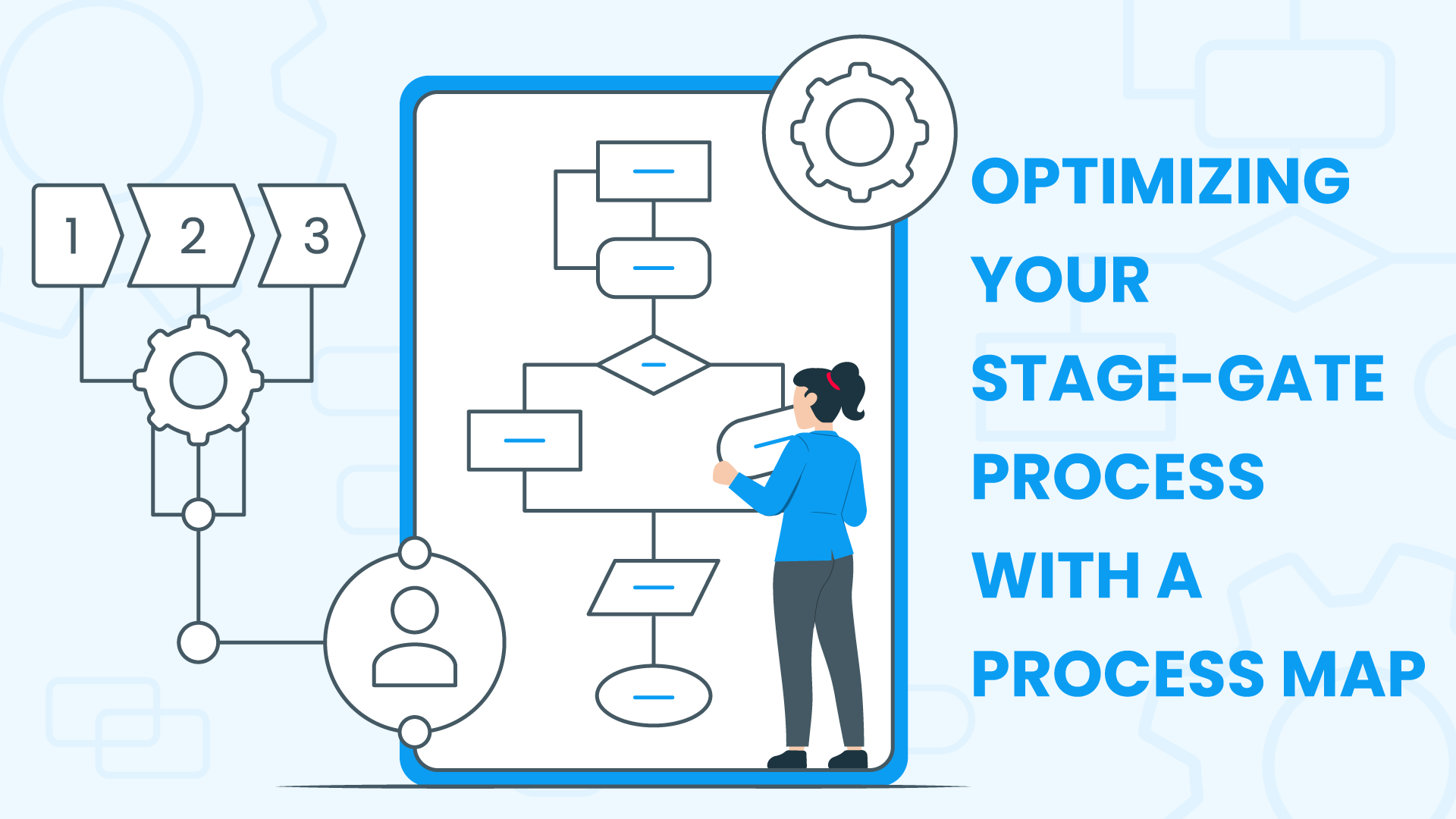




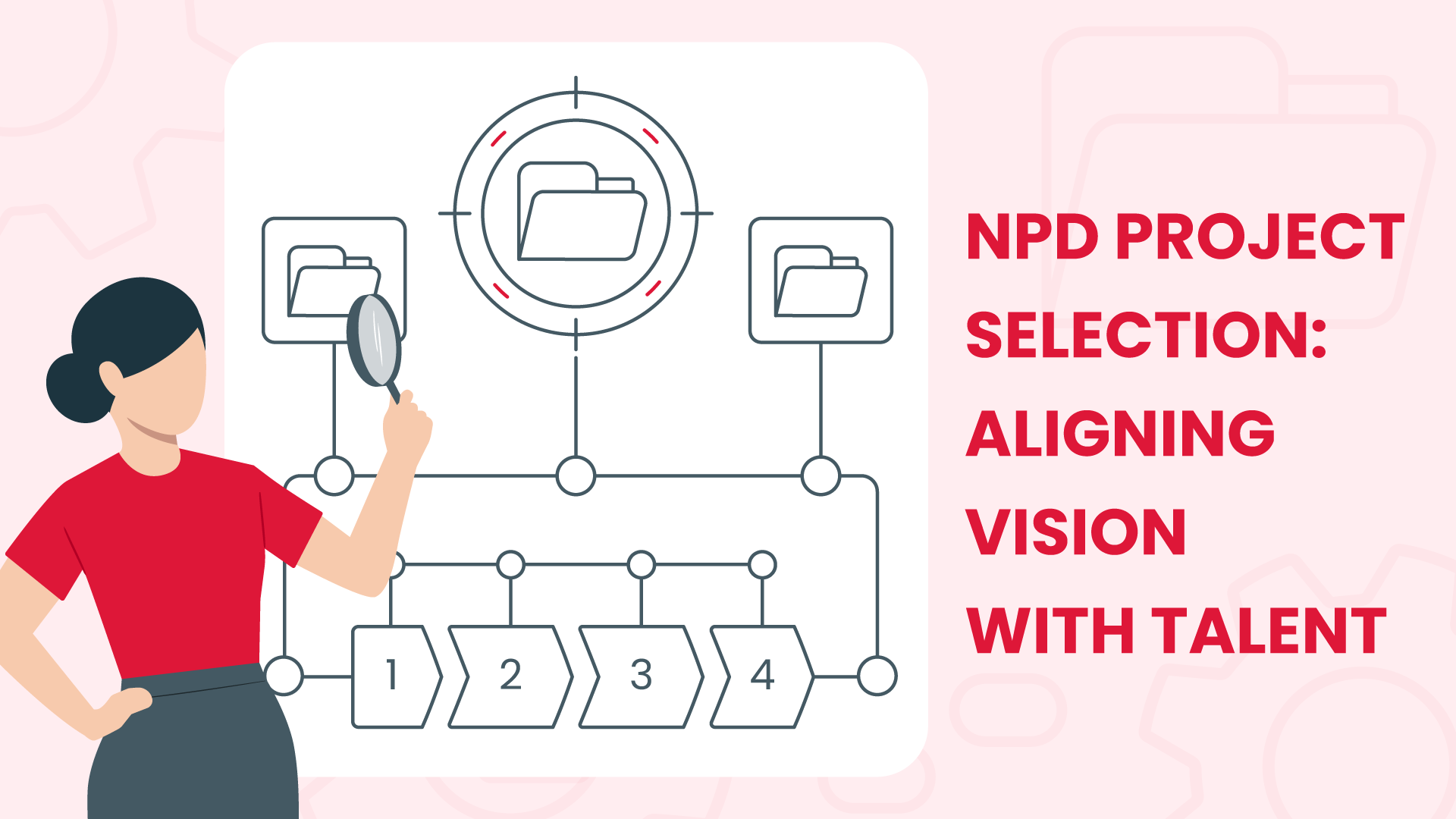






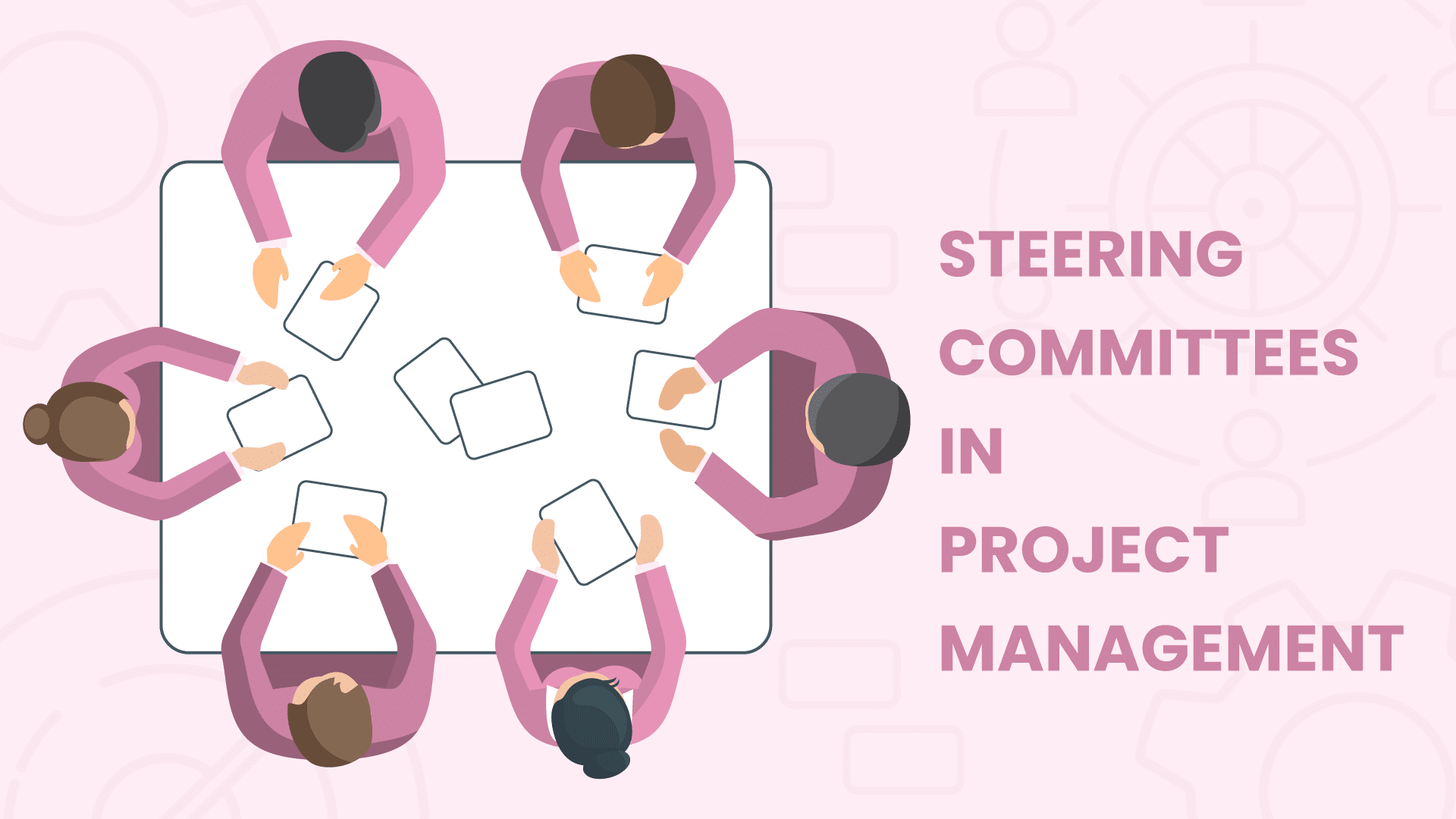





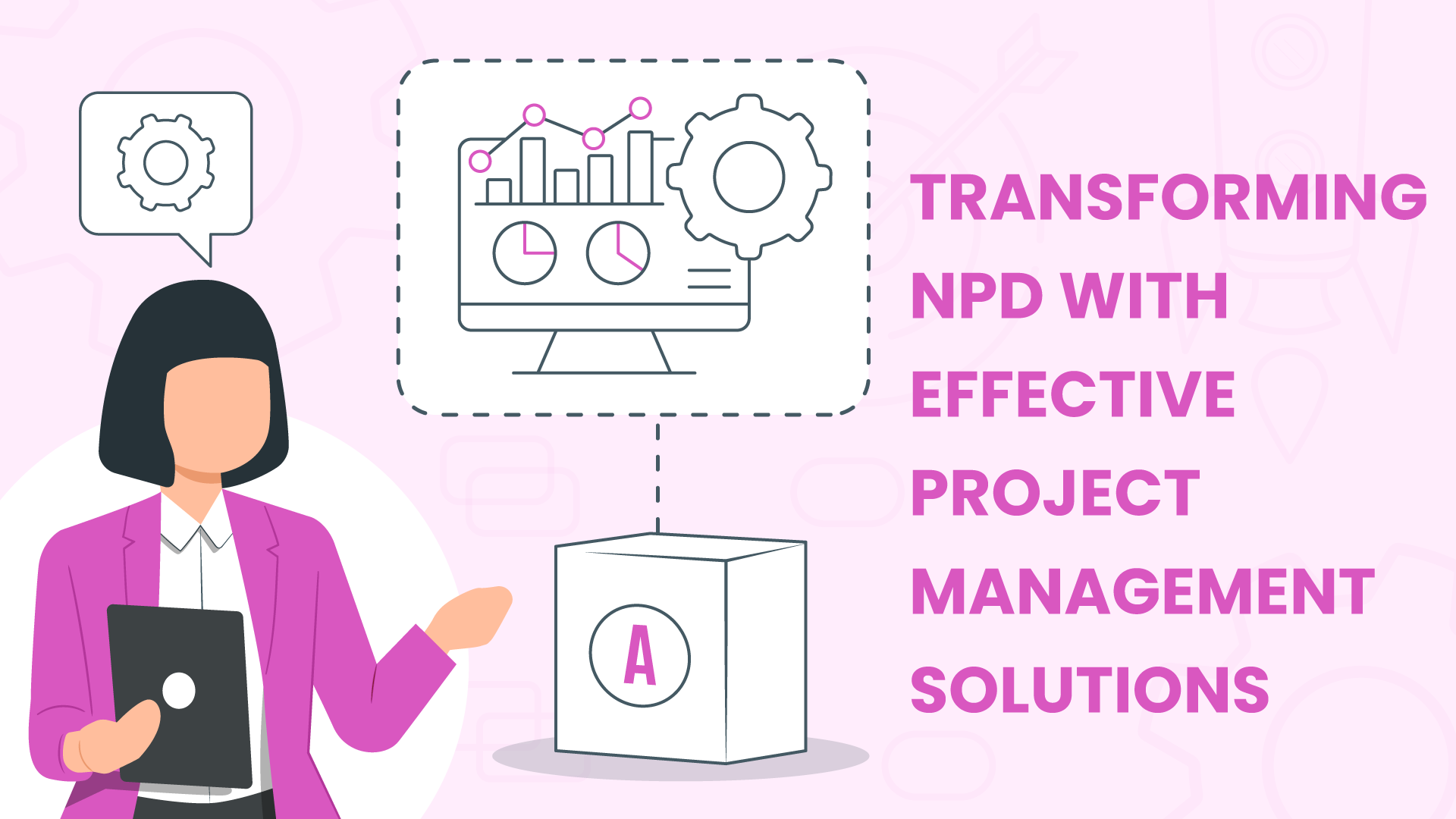

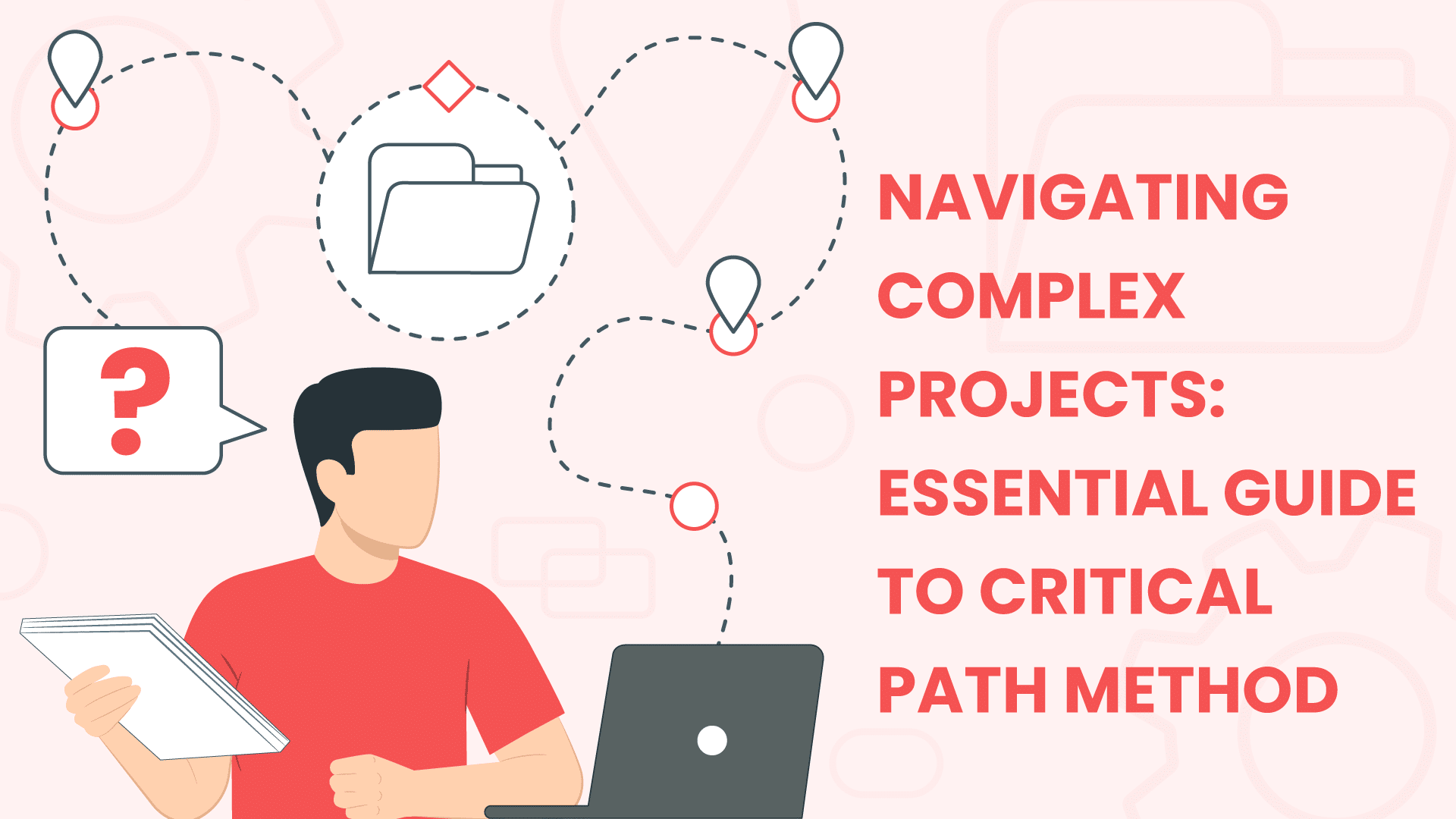






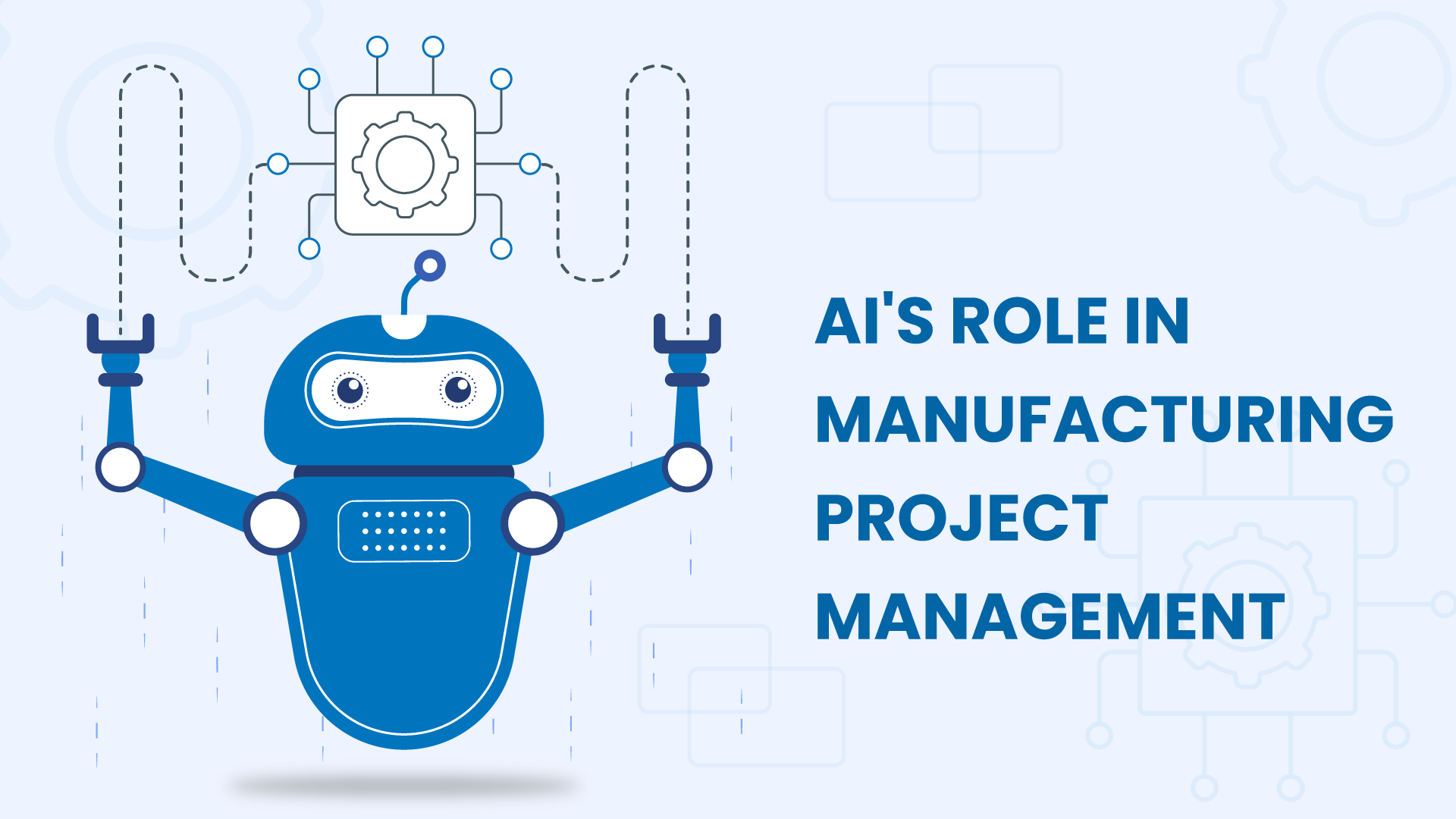




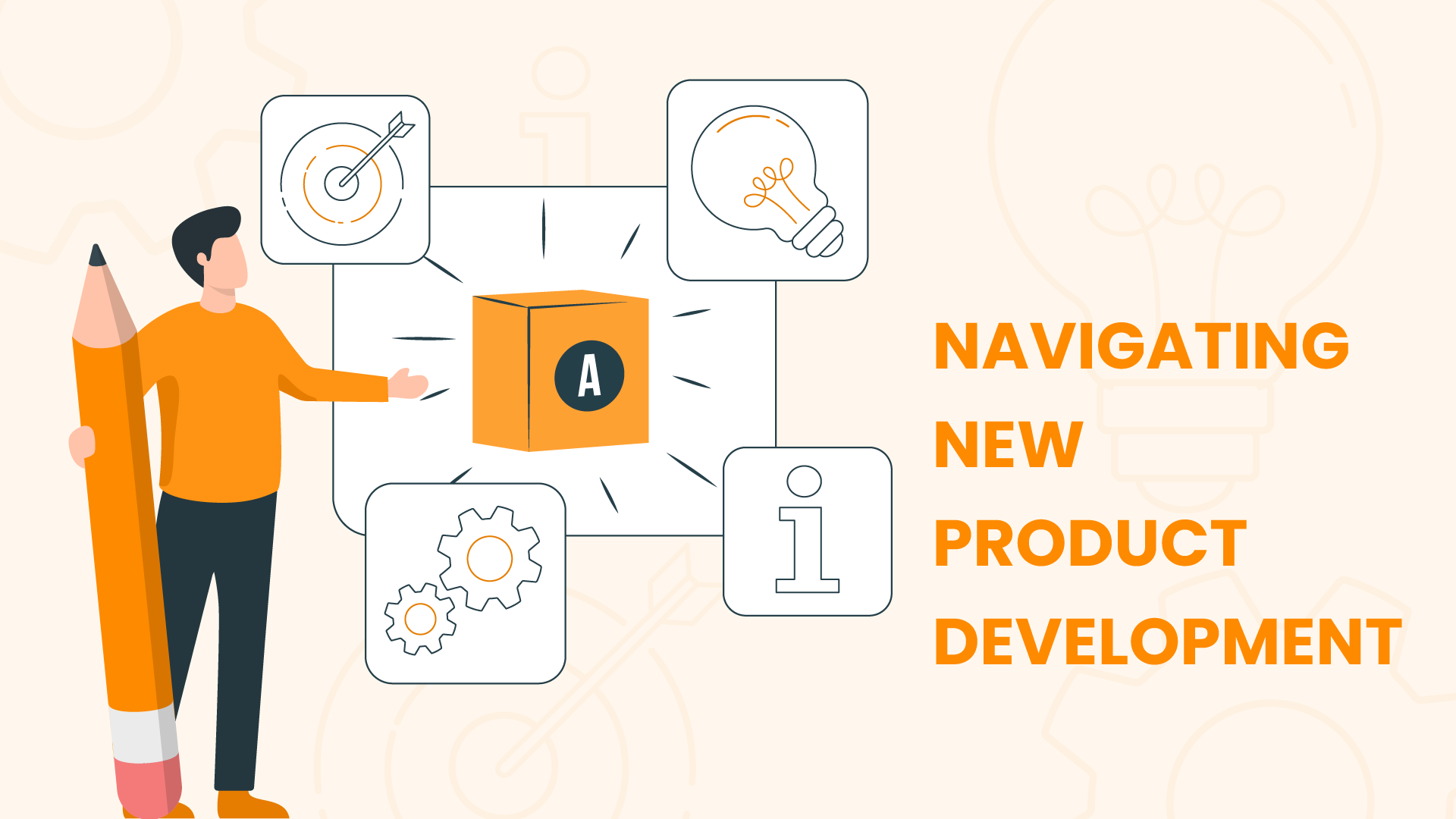





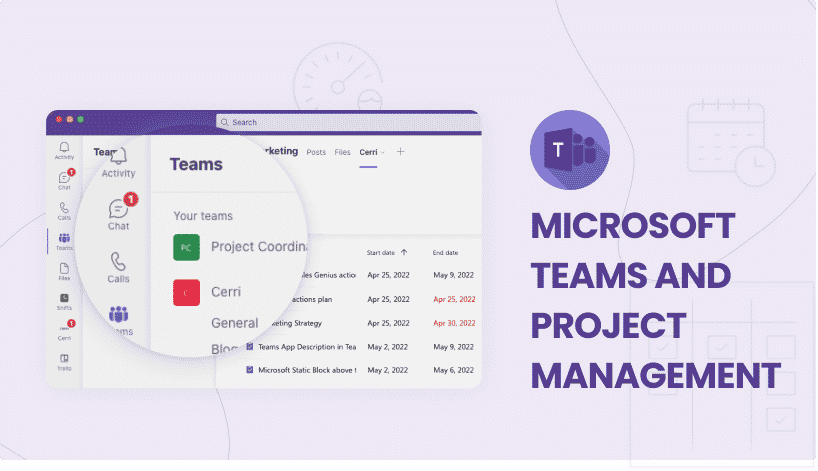













 Task Management
Task Management 

















 Customization
Customization
